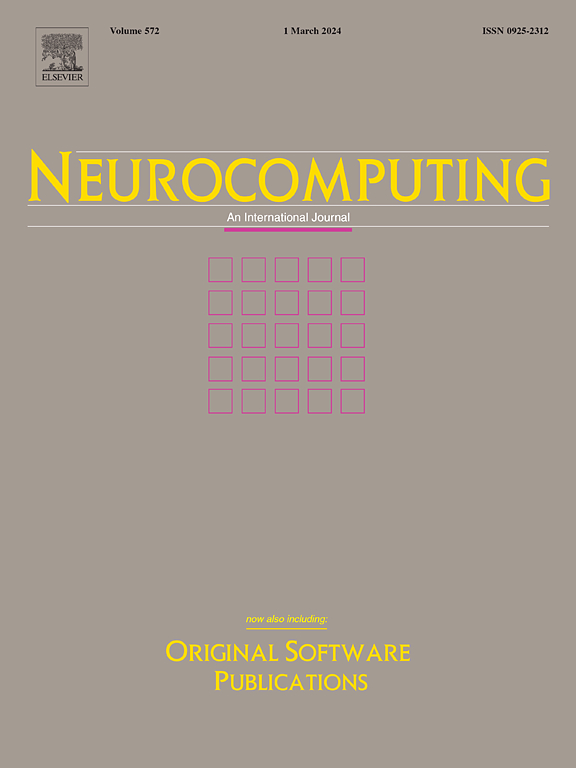Modeling of distributed parameter systems based on independent partial derivative-physics-informed neural network
IF 5.5
2区 计算机科学
Q1 COMPUTER SCIENCE, ARTIFICIAL INTELLIGENCE
引用次数: 0
Abstract
Physics-informed neural networks (PINNs) have attracted considerable interest due to their capacity to incorporate established physical principles, thus facilitating efficient training with a limited amount of observed data. This approach ensures that the results of supervised learning are in accordance with the governing physical laws of the system, thereby enhancing the interpretability of models. However, existing research predominantly employs a single network architecture to simultaneously learn the information of the partial differential equations (PDEs). Such architectures typically require large network sizes to learn the system characteristics, which leads to prolonged training times and inefficiencies. This paper introduces a novel modeling framework, termed the independent partial derivative-physics-informed neural network (IPD-PINN). In contrast to conventional methodologies, IPD-PINN employs a network comprising multiple subnetworks, with each subnetwork dedicated to the learning of individual partial derivatives in the PDEs. The modular network structure allows for flexible and scalable adjustments to the size of each subnetwork, accommodating modeling tasks of varying complexities. Consequently, the entire network is capable of reducing the required training time while maintaining precise modeling accuracy. The efficacy of the proposed IPD-PINN method is demonstrated through two simulation case studies, which highlight its potential to improve the efficiency and accuracy of IPD-PINN modeling.
基于独立偏导数-物理信息神经网络的分布参数系统建模
基于物理的神经网络(pinn)由于能够结合已建立的物理原理,从而在有限的观测数据中促进有效的训练而引起了相当大的兴趣。这种方法确保了监督学习的结果符合系统的支配物理定律,从而增强了模型的可解释性。然而,现有的研究主要采用单一的网络结构来同时学习偏微分方程的信息。这种体系结构通常需要较大的网络规模来学习系统特征,这会导致训练时间延长和效率低下。本文介绍了一种新的建模框架,称为独立偏导数-物理信息神经网络(IPD-PINN)。与传统方法相比,IPD-PINN采用由多个子网组成的网络,每个子网专门用于学习偏微分方程中的单个偏导数。模块化的网络结构允许对每个子网的大小进行灵活和可扩展的调整,以适应不同复杂性的建模任务。因此,整个网络能够减少所需的训练时间,同时保持精确的建模精度。通过两个仿真案例验证了所提出的IPD-PINN方法的有效性,突出了其在提高IPD-PINN建模效率和精度方面的潜力。
本文章由计算机程序翻译,如有差异,请以英文原文为准。
求助全文
约1分钟内获得全文
求助全文
来源期刊

Neurocomputing
工程技术-计算机:人工智能
CiteScore
13.10
自引率
10.00%
发文量
1382
审稿时长
70 days
期刊介绍:
Neurocomputing publishes articles describing recent fundamental contributions in the field of neurocomputing. Neurocomputing theory, practice and applications are the essential topics being covered.
 求助内容:
求助内容: 应助结果提醒方式:
应助结果提醒方式:


